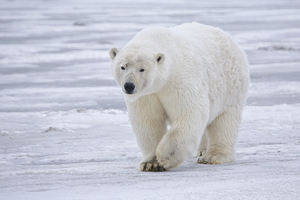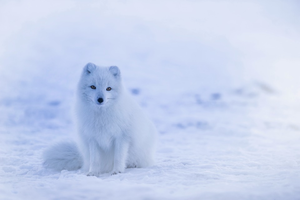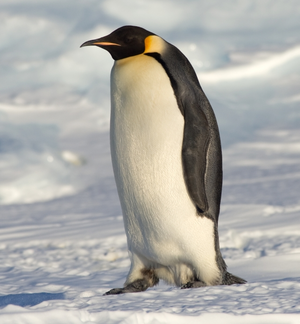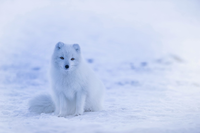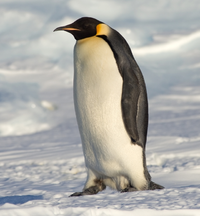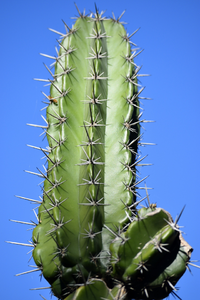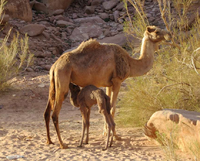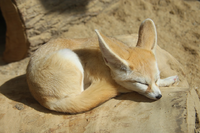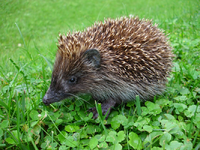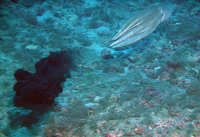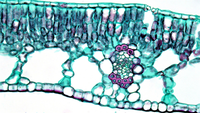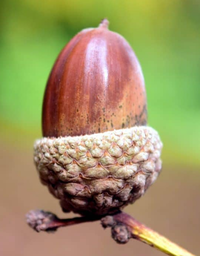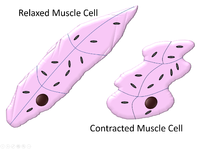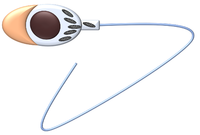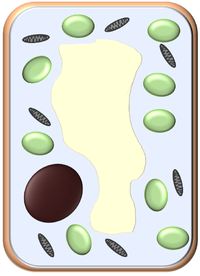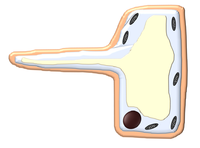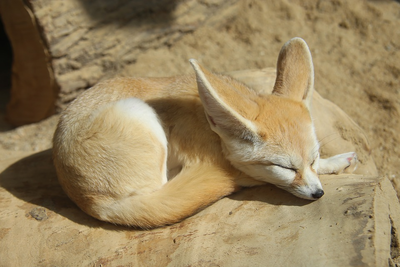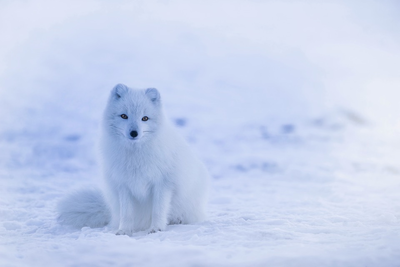Difference between revisions of "Adaptation"
(→Meaning) |
(→Meaning) |
||
| Line 64: | Line 64: | ||
==Key Stage 3== | ==Key Stage 3== | ||
===Meaning=== | ===Meaning=== | ||
| − | An [[adaptation]] is a special part an [[organism]] has that helps it survive in | + | An [[adaptation]] is a special part an [[organism]] has that helps it survive in its [[habitat]]. Sometimes an [[adaptation]] is the shape or size of certain parts of the [[organism]]. |
===Adaptations of Animals=== | ===Adaptations of Animals=== | ||
Latest revision as of 18:33, 24 July 2022
Contents
Key Stage 2
Meaning
An adaptation is a special part a living creature has that helps it survive. Sometimes an adaptation is the shape or size of certain parts of the creature.
About Adaptations
Adaptations for the Arctic and Antarctic
| The polar bear is adapted because it has thick fur to stay warm and it has white fur to camouflage in the snow. | |
| The arctic fox is well adapted to the arctic with thick fluffy white fur. | |
| An adaptation of penguins is thick fluffy feathers to keep warm. Penguins do not need to be camouflaged with white feathers because there are few predators to hunt them. |
| The polar bear is adapted because it has thick fur to stay warm and it has white fur to camouflage in the snow. | The arctic fox is well adapted to the arctic with thick fluffy white fur. | An adaptation of penguins is thick fluffy feathers to keep warm. Penguins do not need to be camouflaged with white feathers because there are few predators to hunt them. |
Adaptations for deserts
| The cactus has evolved the adaptation of not having any leaves. This stops them from losing water too quickly in the dry desert. | An adaptation of camels for the desert is the hump on their back which stores food because there is not much to eat in the desert. | The desert fox has been adapted to have very large ears to help them cool down when it is hot. |
Adaptations for Defence
| Hedgehogs have spikes. This adaptation make it difficult for animals to eat them. | Cactus plants have spikes. This adaptation make it difficult for animals to eat them. | Octopuses and squid spray ink when they are being attacked. This adaptation makes it difficult for the predator to see them when the swim away. |
Key Stage 3
Meaning
An adaptation is a special part an organism has that helps it survive in its habitat. Sometimes an adaptation is the shape or size of certain parts of the organism.
Adaptations of Animals
| The polar bear is adapted because it has thick fur to stay warm and it has white fur to camouflage in the snow. | An adaptation of camels for the desert is the hump on their back which stores food because there is not much to eat in the desert. | Hedgehogs have spikes. This adaptation make it difficult for animals to eat them. |
Adaptations of Plants
| The cactus has evolved the adaptation of not having any leaves. This stops them from losing water too quickly in the dry desert. | An adaptation of the leaf is the air gaps that allow the exchange of gases needed for photosynthesis and respiration. | An adaptation of many plants is to have hard seeds which are shells which protect the offspring from being eaten as well as from cold or dry conditions allowing the offspring to wait for the conditions to be just right before germinating. |
Adaptations of Specialised Cells
| Muscle Cell | Sperm Cell | Palisade Cell | Root Hair Cell |
| This cell is adapted with muscle fibres that allow it to get shorter and longer and extra mitochondria to power the movement. | The adaptations of the sperm cell are a tail for swimming, extra mitochondria to provide energy for movement and enzymes in the head to break through the jelly coating on an ovum. | The palisade cell is adapted with an elongated shape and extra chloroplasts to collect as much light as possible to power photosynthesis. | This cell is adapted with a long root hair to increase its surface area so it can absorb water and minerals quickly. |
Key Stage 4
Meaning
Adaptations are features of an organism that help it survive within its ecosystem or features of specialised cells which allow them to perform a specific job within an organism.
About Adaptations
- Adaptations evolve over many generations.
Examples
Adaptations of the desert fox:
|
Adaptations of the arctic fox:
|
References
AQA
- Adaptation; behaviour, pages 338-9, GCSE Biology; Student Book, Collins, AQA
- Adaptation; camouflage, pages 338, GCSE Biology; Student Book, Collins, AQA
- Adaptation; cell, pages 26-7, 60-1, GCSE Biology; Student Book, Collins, AQA
- Adaptation; functional, page 339, GCSE Biology; Student Book, Collins, AQA
- Adaptation; organ, 100-1, GCSE Biology; Student Book, Collins, AQA
- Adaptation; organisms, pages 54, 322-3, 338-9, GCSE Biology; Student Book, Collins, AQA
- Adaptation; structural, pages 339-41, GCSE Biology; Student Book, Collins, AQA
- Adaptations, page 108, GCSE Biology; The Revision Guide, CGP, AQA
- Adaptations, page 85, GCSE Combined Science; The Revision Guide, CGP, AQA
- Adaptations, pages 242-5, 248-9, GCSE Biology, Hodder, AQA
- Adaptations, pages 261, 262, GCSE Combined Science Trilogy; Biology, CGP, AQA
- Adaptations, pages 321, 322, GCSE Biology, CGP, AQA
- Adaptations, pages 74, 81-2, GCSE Combined Science Trilogy 2, Hodder, AQA
- Adaptations; cell specialisations, pages 8-10, GCSE Combined Science Trilogy 1, Hodder, AQA
- Adaptations; facilitation of diffusion, pages 31, 33, GCSE Combined Science Trilogy 1, Hodder, AQA
- Adaptations; To extreme environments, pages 82-3, GCSE Combined Science Trilogy 2, Hodder, AQA
